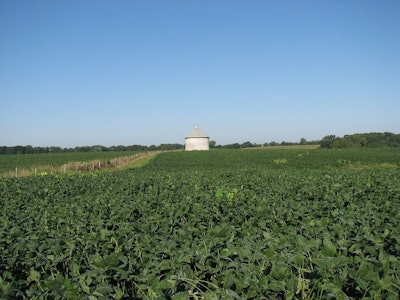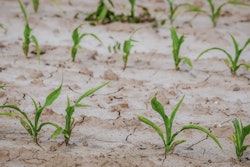
The United States Department of Agriculture (USDA) has recently released a report on the Prospective Plantings for 2023, which outlines the estimated number of acres farmers intend to plant this year.
Drought affecting key grain-producing areas
The Prospective Plantings report covers the weather conditions across different regions of the United States alongside estimated crop acres. Drought coverage in the continental United States decreased from its peak of 62.95% in October 2022 to 38.46% in February 2023, ending the record-setting streak of at least 40% drought coverage for 126 weeks. Despite this decrease, serious drought impacts persisted in the central and southern Plains, with poor soil moisture, rangeland, pasture, and winter wheat conditions. However, the West experienced a phenomenal winter wet season, with periods of intense precipitation and a Sierra Nevada snowpack on par with the last two wet winters.
The report indicates that in December, significant precipitation in various regions helped to reduce drought levels, with storms in the West leading to increased snowpack in the Sierra Nevada mountains. In January, the West saw three weeks of stormy weather that brought above-average snowfall, leading to extensive flooding in California. Other areas in the West received beneficial precipitation, while the Plains experienced heavy snowfall, although winter wheat continued to suffer from stress.
Farmer survey shows increased planting acreage for most grains
Data for prospective plantings is collected from approximately 72,900 farm operators using mail, internet or telephone. Acreage estimates are based on survey data and historical relationships, and revisions are not made except for winter wheat. The reliability of the estimates is subject to sampling and non-sampling errors, with a statistical measure called "Root Mean Square Error" used to assess past performance and expected differences between current estimates and final end-of-season estimates.
According to the report, farmers intend to plant 5.98 million acres of sorghum, down 6% from the previous year. The intended planted area for oats will be 2.67 million acres, up 3% from last year. Barley will have 2.92 million acres, down 1% from last year. The winter wheat planted area is estimated to be 37.5 million acres, up 2% from the previous estimate and up 13% from last year. Sunflowers will have 1.36 million acres, while soybeans will have 87.5 million acres, up slightly from last year. Peanuts will have 1.55 million acres, up 7% from 2022, while canola will have a record high 2.27 million acres. Rice will have 2.58 million acres, up 16% from 2022.
The USDA's report on Prospective Plantings for 2023 provides valuable insights into the agriculture industry's health and weather conditions across different regions of the United States. While the West has experienced a phenomenal winter wet season, some areas suffer from drought and poor crop conditions.
The USDA's Prospective Plantings report provides insights into the agriculture industry's health and weather conditions across the United States in 2023.
.jpg?auto=format%2Ccompress&crop=faces&fit=crop&h=48&q=70&w=48)

















